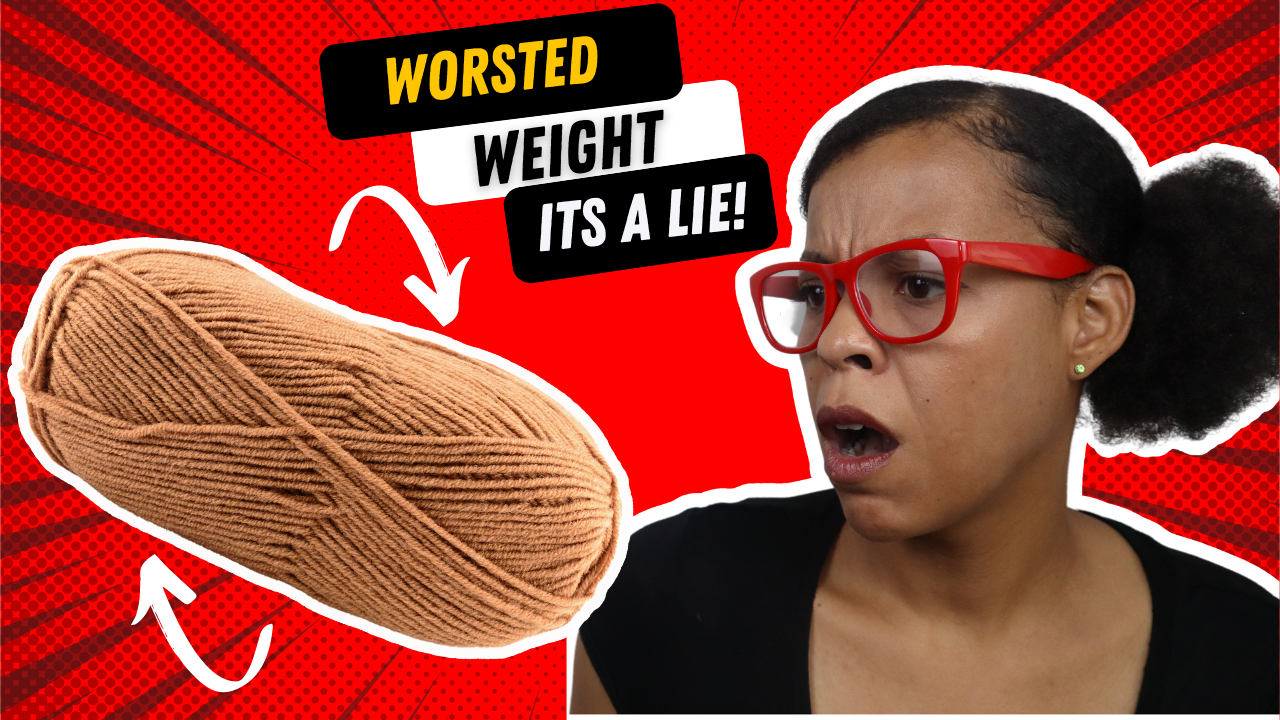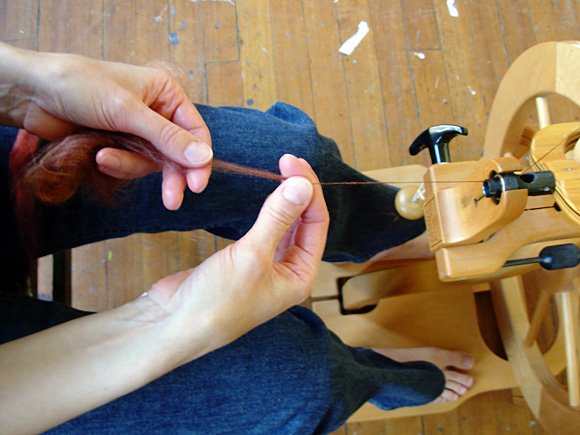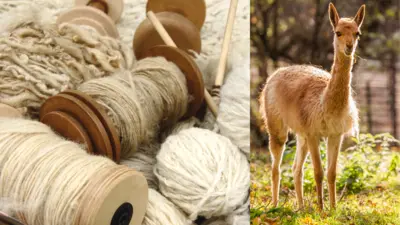Crocheter and Knitter might be completely confused when I tell you, worsted yarn is not a weight. Worsted yarn is a type of yarn that is often confused with being a weight, but this is not the case. Worsted yarn is actually a type of spinning technique that produces a smooth and even yarn with long fibers.
This type of yarn is often used for knitting and weaving projects, as it produces an even fabric with no knots or lumps. While worsted yarn may be used to create different weights of fabric, it’s important to note that worsted yarn itself is not a weight measurement.
According to avid spinner Hilltop Cloud, worsted yarns are smooth and dense, they tend to drape well and be much more lustrous. Many commercial yarns are spun in this way, particularly sock yarns.
Am I saying worsted weight yarn doesn’t exist? No. Like many terms and phrase in the English language, meaning & definitions can change over time. Such as the word Spinster, which is historically a woman who spun yarn, not an older unmarried woman. If you were naughty, you had naught or nothing. Now it means you misbehave badly. Words change & we accept the new meaning.
Even the Craft Yarn Council of America refers worsted weight yarn as a “medium weight/ category #4 weight yarn. So it’s a pretty widely accepted term.
In the article, when I refer to “worsted yarn”, it’s in regard to how it is made. If I say “worsted weight”, I’m referring to the thickness of the yarn.
What is Worsted Yarn
Worsted yarn is a type of yarn made from long-staple fibers such as wool, alpaca or mohair. The fibers are combed to align them in the same direction, resulting in a smooth, sleek and strong yarn. Unlike woolen yarn, which is made from shorter fibers and is fluffy and airy, worsted yarn has a tighter twist and a dense, compact texture. The term “worsted” refers to a specific spinning and preparation process in which the fibers are carefully aligned and tightly spun to produce a yarn that is suitable for a wide range of textile products, from clothing to home goods.
The worsted spinning process involves carding the fibers to remove any tangles or knots, then combing the fibers to align them in the same direction. Next, the fibers are spun into a single strand of yarn, which is then plied to create a balanced and consistent yarn. The resulting yarn is smooth, strong and has a matte appearance, which makes it ideal for use in a wide range of projects, from garments and accessories to home goods. Worsted yarn is also easy to dye, making it suitable for a wide range of color options. In short, worsted yarn is a versatile, strong and smooth yarn that is ideal for a wide range of projects.
What is worsted spinning?
Worsted spinning is a method of producing worsted yarn. It involves sorting and carding the fibers, then spinning them into a smooth and strong yarn. This process produces a high-quality yarn that is ideal for weaving into durable and long-lasting fabrics.
The key characteristic of worsted spinning is the use of a specific set of steps to produce a smooth and consistent yarn. This includes carding the fibers to align them in a single direction, then spinning the fibers into a yarn with a tight twist. The tight twist helps to strengthen the fibers and create a smooth and lustrous yarn.
The process has evolved over the centuries, and modern worsted yarns are produced using a variety of fibers, including wool, cotton, silk, and synthetic fibers.
History of worsted yarn
Worsted yarn has a rich and long history that dates back to the medieval period in England. The name “worsted” is derived from the town of Worstead in Norfolk, England, which was a center for wool production and processing in the Middle Ages (12 century).
In the early days of worsted yarn production, the spinning process involved sorting and carding the fibers before spinning them into a smooth and strong yarn. This process was known as “worsted spinning” produced a high-quality yarn that was ideal for weaving into durable and long-lasting fabrics.
Worsted yarn became increasingly popular in the 17th and 18th centuries, as new spinning and weaving technologies were developed. During this time, worsted yarn was used to produce a wide range of fabrics, from lightweight and delicate fabrics for garments to heavy and sturdy fabrics for upholstery.
The worsted spinning process has continued to evolve over the centuries, and modern worsted yarns are produced using a variety of fibers, including wool, cotton, silk, and synthetic fibers. Today, worsted yarn is widely used for a variety of purposes, including garments, accessories, and home goods.
Worsted Yarn Can Be Any Weight
Remember, the term “worsted” actually refers to a specific spinning and preparation process, not the weight of the yarn.
Worsted yarn can range from a lightweight, fine gauge to a heavy, bulky gauge. For example, a lightweight worsted yarn can have a gauge of 21-24 stitches per 4 inches, while a bulky worsted yarn can have a gauge of 11-14 stitches per 4 inches. This means that the same type of worsted yarn can have different weights, depending on the thickness of the strand.
In contrast, the term “worsted weight yarn” is often used to describe a medium weight yarn that has a gauge of 16-20 stitches per 4 inches. This yarn weight is commonly used by crocheter & knitters for a wide range of projects, from sweaters and scarves to blankets and hats. However, this term is not an official yarn weight, and different brands and manufacturers may use different definitions for “worsted weight”.
How did worsted yarn turn into a weight?
Simple answer: MARKETING! Worsted yarn became associated with a weight due to the widespread use of the terms “knitting worsted”, “knitting worsted type”, and ultimately “worsted weight” on yarn bands to indicate a medium size knitting yarn, regardless of fiber content or number of plies.
*note to Christie: The explanation above feels kind of weak. Do you know of other reasons for the confusion? Does this read better?
However, it is important to note that “worsted weight yarn” is not an official yarn weight, and different brands and manufacturers may use different definitions for “worsted weight.” This has contributed to the confusion surrounding the true definition of worsted yarn and the relationship between worsted yarn and weight.
Write a longer catchy conclusion
Despite this confusion, the term “worsted weight yarn” remains in widespread use, and many people continue to associate worsted yarn with a medium weight. This is likely due to the popularity of worsted yarn for garments and accessories, as well as its versatility and ease of use.
If you enjoyed this video, make sure you find out about “The Most Expensive Yarn In The World” HERE.
Happy Crocheting!
Psst… If you love free crochet patterns (I know…duh) make sure to follow my blog on Facebook, Instagram, or Pinterest! Littlejohn’s Yarn posts original designs and free crochet pattern round-ups regularly for you to enjoy.



